A New Name for Monkeypox is Coming, Cardiovascular effects from the Vaccine, Polio Spread and More
Health News Round-up of the Week
This week, I and many other censored doctors and scientists from US, UK and EU protested Twitter censorship in front of the Twitter European Union Headquarters in Dublin, Ireland.
The World Health Organization is inviting the public to propose new names for monkeypox, and has renamed two variants of the disease. This is according to a statement released Friday, after weeks of criticism that the name has racist connotations and generates stigma. From the WHO:
A group of global experts convened by WHO has agreed on new names for monkeypox virus variants, as part of ongoing efforts to align the names of the monkeypox disease, virus and variants—or clades—with current best practices. The experts agreed to name the clades using Roman numerals.
The monkeypox virus was named upon first discovery in 1958, before current best practices in naming diseases and viruses were adopted. Similarly for the name of the disease it causes. Major variants were identified by the geographic regions where they were known to circulate.
Current best practise is that newly-identified viruses, related disease, and virus variants should be given names with the aim to avoid causing offense to any cultural, social, national, regional, professional, or ethnic groups, and minimize any negative impact on trade, travel, tourism or animal welfare.
Disease: Assigning new names to existing diseases is the responsibility of WHO under the International Classification of Diseases and the WHO Family of International Health Related Classifications (WHO-FIC). WHO is holding an open consultation for a new disease name for monkeypox. Anyone wishing to propose new names can do so here (see ICD-11, Add proposals).
Virus: The naming of virus species is the responsibility of the International Committee on the Taxonomy of Viruses (ICTV), which has a process underway for the name of the monkeypox virus.
Variants/clades: The naming of variants for existing pathogens is normally the result of debate amongst scientists. In order to expedite agreement in the context of the current outbreak, WHO convened an ad hoc meeting on 8 August to enable virologists and public health experts to reach consensus on new terminology.
Experts in pox virology, evolutionary biology and representatives of research institutes from across the globe reviewed the phylogeny and nomenclature of known and new monkeypox virus variants or clades. They discussed the characteristics and evolution of monkeypox virus variants, their apparent phylogenetic and clinical differences, and potential consequences for public health and future virological and evolutionary research.
The group reached consensus on new nomenclature for the virus clades that is in line with best practices. They agreed on how the virus clades should be recorded and classified on genome sequence repository sites.
Consensus was reached to now refer to the former Congo Basin (Central African) clade as Clade one (I) and the former West African clade as Clade two (II). Additionally, it was agreed that the Clade II consists of two subclades.
The proper naming structure will be represented by a Roman numeral for the clade and a lower-case alphanumeric character for the subclades. Thus, the new naming convention comprises Clade I, Clade IIa and Clade IIb, with the latter referring primarily to the group of variants largely circulating in the 2022 global outbreak. The naming of lineages will be as proposed by scientists as the outbreak evolves. Experts will be reconvened as needed.
The new names for the clades should go into effect immediately while work continues on the disease and virus names.
FDA expands EUA for Monkeypox shot for children
Desert Review, August 13, 2022
WASHINGTON, D.C. – The U.S. Food and Drug Administration (FDA) expanded the Emergency Use Authorization (EUA) this week for the JYNNEOS Monkeypox shot to include “high-risk” children under 18, even though there have been no clinical trials on that age group, it is a sexually transmitted disease (STD) among homosexual and bisexual men, and there have been no deaths in the United States. However, there are significant adverse effects from the Moneypox shot.
Apparently, under the expanded EUA, health care providers can now administer the Bavarian Nordic’s JYNNEOS “vaccine” through an alternative method of injection. This type of intradermal injection (between layers of the skin rather than below the skin) will increase available doses from 441,000 to more than 2.2 million.
Dr. Robert Malone, a U.S. virologist and immunologist who has dedicated his professional existence to the development of mRNA vaccines, states this isn’t the first time that there has been an “outbreak” of Monkeypox in the United States. During May and June 2003, the first cluster of human Monkeypox cases in the United Stated was reported.
However, JYNNEOS was licensed by the FDA in 2019 for the prevention of smallpox and Monkeypox in high-risk adults 18 and older only. Yet the Monkeypox virus against which the “vaccine” was tested is not in the context of this current virus. A number of clinical trials were done during the approval process for the JYNNEOS injection, but there has not been a randomized clinical challenge trial, which is the gold standard…
Dr. Malone states there is no data on efficacy or effectiveness for the product as pre- or post-exposure prophylactic for the currently circulating Monkeypox virus. However, the JYNNEOS injection reveals between 1.3 percent and 2.1 percent of recipients had a cardiac event of special interest, compared to 0.2 percent of placebo subjects. According to the FDA review document, which is not mentioned on the label, there were 10 percent and 18 percent of subjects with troponin elevations in two sub-studies. This suggests that somewhere between 1 in 90 and 1 in 6 people will have a troponin elevation or EKG abnormality, indicating some degree of cardiac damage due to the shot.
Also found in the FDA review of the documents and studies that led to JYNNEOS 2019 license, but was not included in the label, eight percent of those subjects who were HIV positive could not get their second JYNNEOS dose due to side effects from the first. In addition, seven percent of the HIV positive subjects had worsening of HIV parameters. Apparently, the JYNNEOS shot causes immune suppression.
In addition, the FDA label for the JYNNEOS product states that “safety and effectiveness of JYNNEOS have not been established in individuals less than 18 years of age.”
Cardiovascular Effects of the BNT162b2 mRNA COVID-19 Vaccine in Adolescents
(Preprint, published August 8, 2022)
The study is not yet peer-reviewed and consequently shouldn’t be cited as conclusive evidence. However…
(Cardiovascular effects were found in 29.24% of patients, ranging from tachycardia, palpitation, and myopericarditis)
Abstract
This study focuses on cardiovascular effects, particularly myocarditis and pericarditis events, after BNT162b2 mRNA COVID-19 vaccine injection in Thai adolescents. This prospective cohort study enrolled students from two schools aged 13–18 years who received the second dose of the BNT162b2 mRNA COVID-19 vaccine. Data including demographics, symptoms, vital signs, ECG, echocardiography and cardiac enzymes were collected at baseline, Day 3, Day 7, and Day 14 (optional) using case record forms.We enrolled 314 participants; of these, 13 participants were lost to follow up, leaving 301 participants for analysis.
The most common cardiovascular effects were tachycardia (7.64%),
shortness of breath (6.64%),
palpitation (4.32%),
chest pain (4.32%), and
hypertension (3.99%).
Seven participants (2.33%) exhibited at least one elevated cardiac biomarker or positive lab assessments.
Cardiovascular effects were found in 29.24% of patients, ranging from tachycardia, palpitation, and myopericarditis.
Myopericarditis was confirmed in one patient after vaccination.
Two patients had suspected pericarditis and four patients had suspected subclinical myocarditis.
Conclusion: Cardiovascular effects in adolescents after BNT162b2 mRNA COVID-19 vaccination included tachycardia, palpitation, and myocarditis.
Denmark bans COVID vaccine for youth under 18
The “official” Danish Government statement (in Danish) is available here
Children and young people only very rarely become seriously ill from covid-19 with the omikron variant. Therefore, from 1 July 2022 it will no longer be possible for children and young people under the age of 18 to get the 1st jab, and from 1 September 2022 it will no longer be possible to get the 2nd jab.
Vaccines Are Bringing Back a Nearly Eradicated Deadly Virus
The Epoch Times, August 08, 2022
This article is well worth reading in its entirety. However, I have pulled out some of the more relevant information, as it relates to the case in New York and to the rise in Polio throughout the world.
Vaccine-derived Polioviruses Started to Spread After 2016
There are 3 types of polioviruses, including types 1, 2, and 3. The original version of OPVs included all three types; and all three serotypes of attenuated strains can generate revertant VDPVs respectively. However, the revertant VDPVs-2 (type 2) strains were more dominant and have been the main circulating VDPV strains (cVDPV-2).
After this issue was discovered in 2016, the WHO made a decision to stop the production of the OPVs with all three types. Instead, the newer version of OPV for wide distribution included only serotypes 1 and 3. And OPV-2, a newer version of OPV with only type 2, was also produced separately to be used in poliovirus type 2 endemic areas.
However, this “switch” from trivalent to bivalent OPV vaccines resulted in unexpected problems again. After using the OPV with types 1 and 3 (bivalent OPV vaccine), the outbreak of cVDPV-2-related polio cases increased significantly from 2016. This appears to suggest that the cVDPV-2 has been circulating at low levels before the switch was made in 2016. So, the switch actually took away the pressure against cVDPV-2 and gave it more chances to cause small scale outbreaks in many regions of the world. And now, the overall polio virus cases worldwide are back to the level of 20 years ago, even though more continents and countries are declared “Polio-free” ironically.
The main reason that the OPV was still being used widely is that OPV can be produced and offered at a low cost, which would benefit the distribution to the developing world. In addition, OPV can stimulate mucosal immunity in the intestines better than the inactivated vaccine. Therefore, it has always been assumed that OPV can reduce the poliovirus transmission more effectively than inactivated vaccines, although no related tests have been done for any of the newer versions of the OPV.
In fact, if the inactivated polio vaccines (IPVs) were used instead of the OPVs, then there wouldn’t be this problem of generating circulating VDPVs. Developed countries, including the United States, have all stopped using the OPVs since 2000, and they all use the IPVs.
This creates a dilemma: on the one hand, developing countries can only use OPVs to prevent and control outbreaks; but on the other hand, OPVs can cause further spread of the viruses.
In the USA, oral polio is not used, so those that are not immunized are not generally considered at risk from contracting polio from OPVs. However, in the current case in New York, the young man had recently returned from Israel and appears to not have been vaccinated. Israel, along with the UK and parts of Africa have been experiencing intermittent outbreaks of the polio virus associated with reversion of the OPVs.
NY State and New York City health officials announced on Friday that the polio virus has also been discovered in wastewater samples in New York City, documenting that it is circulating farther than places in Rockland and Orange counties where it already had been found. However, scant details on locations were forthcoming.
For those that wish to dig deeper or for another viewpoint,-or wish to view content that isn’t behind The Epoch Times paywall, the article entitled “The New Polio Outbreak Is Bad. But Why Hasn't It Become a Disaster (Yet)?” (Substack, Buzz, August 12, 2022) has a slightly different take on the current outbreak and is also worth reading.
NEW (ADMINISTRATIVE STATE) CDC “RULES” -
I bet you thought that this meant the US government’s policy on masking children was over, right?
Wrong.
Recommendations to mask in schools now depend on the community level risk of COVID-19.
These new “rules” also do not appear to remove masks from toddlers and children in Headstart programs. Children not “fully vaccinated, including those under five years old, must still be masked EVEN WHEN OUTDOORS. Below is from the HHS Headstart Webpage. This practice is barbaric and must be stopped. Please parents, don’t send your kids to schools that require mask use.
Philadelphia school district mandates masks for first 10 days of school year, pre-k must mask up all year
Philadelphia students in pre-kindergarten within the district are mandated to wear a mask for the entire school year.
People - we need to stand up and demand our children be treated with dignity, that they not be subjected to practices that stop learning and development. This is torture for a small child. This is not ok!
Doctors from USC, UCLA say mask mandates for COVID-19 not effective, as debate goes on
The Orange County Register, August 13, 2022
A letter from top-level doctors and researchers arguing against the effectiveness of indoor mask mandates, along with pushback from health departments, cities and business groups, possibly played a role in a surprise decision not to re-institute the mandate in Los Angeles County last month.
This newspaper obtained a copy of a February 2022 letter signed by doctors from UCLA’s Geffen School of Medicine and USC’s Keck School of Medicine sent to the Los Angeles County Board of Supervisors, asking the county to end the mask mandate that was in effect this past winter, claiming the policy did not work.
On July 22, some of the same doctors published their views in an op-ed in the Orange County Register, one of the newspapers in the Southern California News Group. At the time in July, the Los Angeles County Department of Public Health (LACDPH) was strongly considering reimposing an indoor mask mandate — but on July 29 decided not to do so.
The letter to the Board of Supervisors, part of a campaign to educate the board, was signed by Dr. Jeffrey D. Klausner, clinical professor of medicine, population and public health sciences at USC’s Keck School of Medicine; Neeraj Sood, professor of public policy at USC’s Sol Price School of Public Policy; James E. Enstrom, retired professor of epidemiology at UCLA; Dr. Noah Kojima, senior resident for internal medicine at UCLA’s David Geffen School of Medicine; Dr. Catherine A. Sarkisian of UCLA’s Geffen School; James E. Moore, II, professor at USC’s Viterbi School of Engineering; Dr. Gabe Vorobiof, associate professor of medicine and cardiology at UCLA Geffen School of Medicine; and Avanidhar Subrahmanyam, professor at UCLA’s Anderson School.
Today - Jill and I are on a plane headed to San Jose, California where we speak at the Liberty Forum of Silicon Valley at 6:00 PM Pacific ( free live streaming is available). Since the end of July we have been to DC, Belgium, Holland, Dallas, Cincinnati, Dublin, Home (Virginia), and now to California. Tomorrow, it is back to the farm with another airplane ride. Then it is a week of non-travel before it starts up again. My goal is that the book, “Lies my GOV’T Told Me” is finally done and on its way to the publishers before week’s end.
However, I just want to say that those of us in the resistance are making a difference. The message is breaking through slowly. The good people in the USA are waking up to the globalist agenda and the damage done by the COVIDcrisis policies. My experiences in Belgium, Holland and Ireland over the last three weeks have convinced me that people in EU states are becoming more awake by the day. Have hope, my friends.

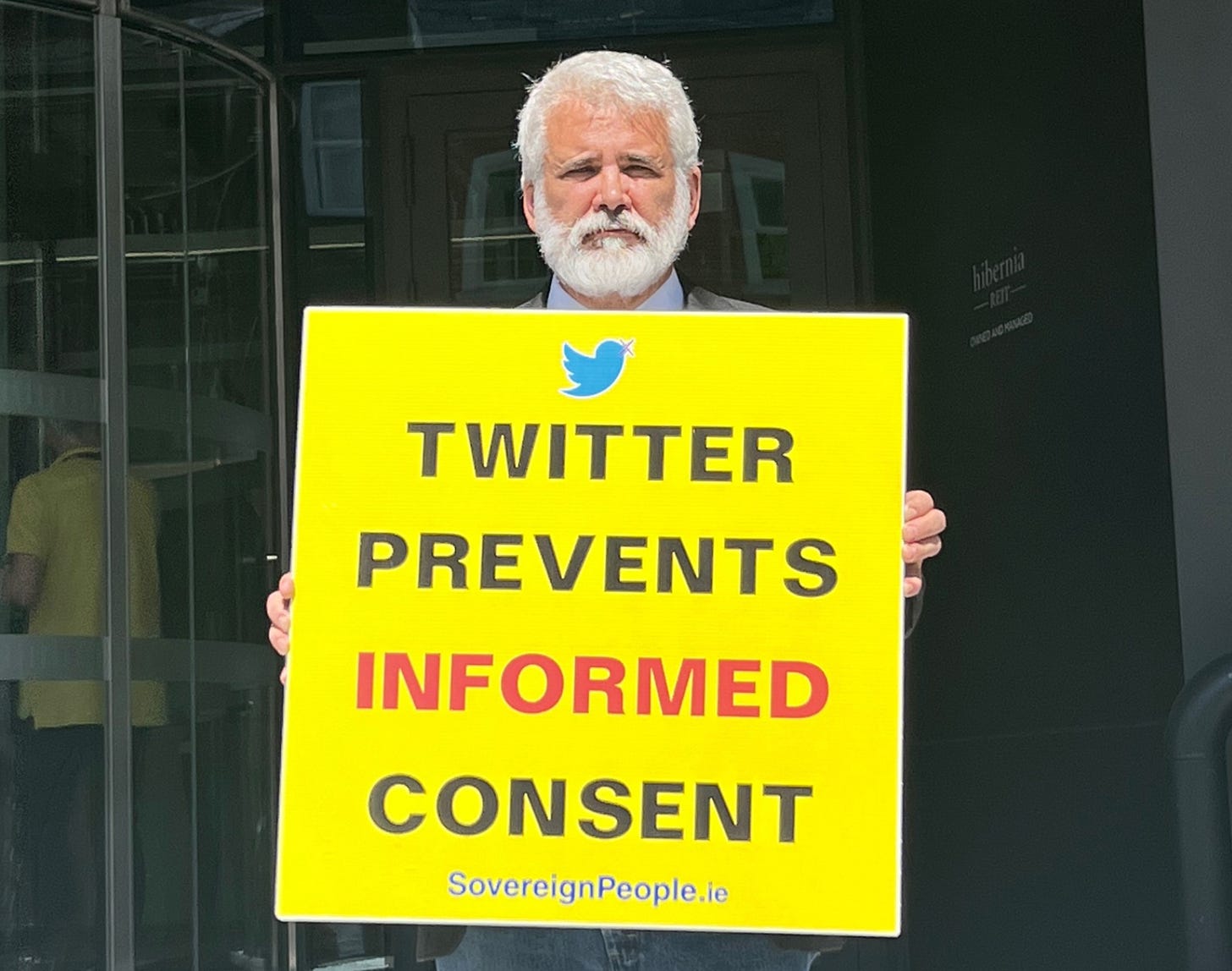
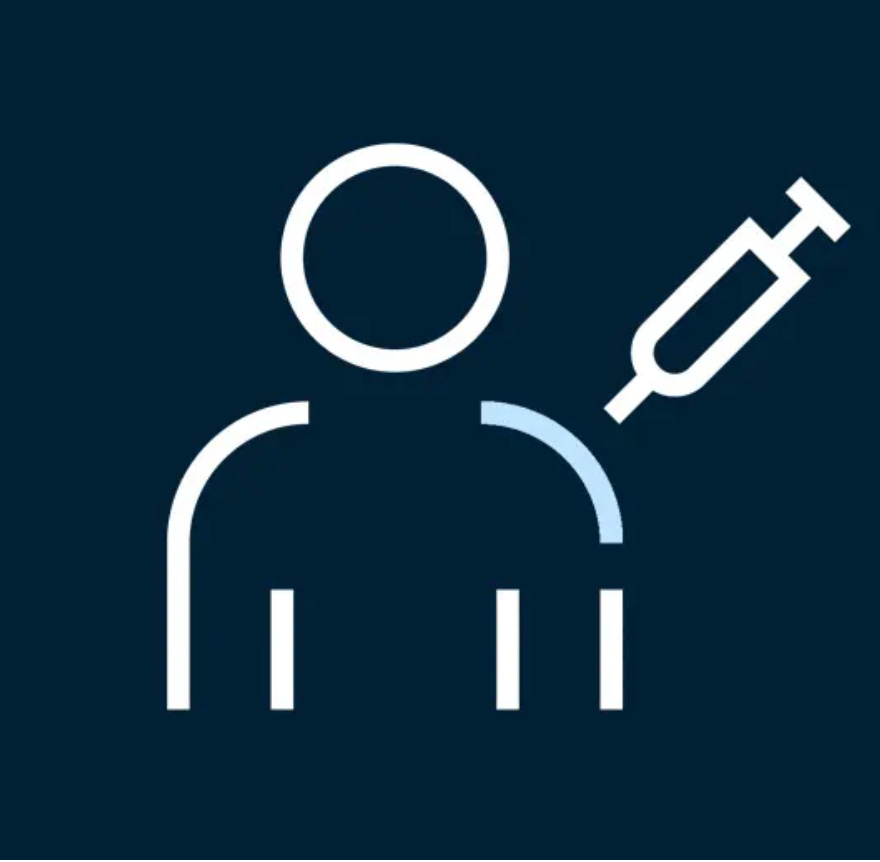
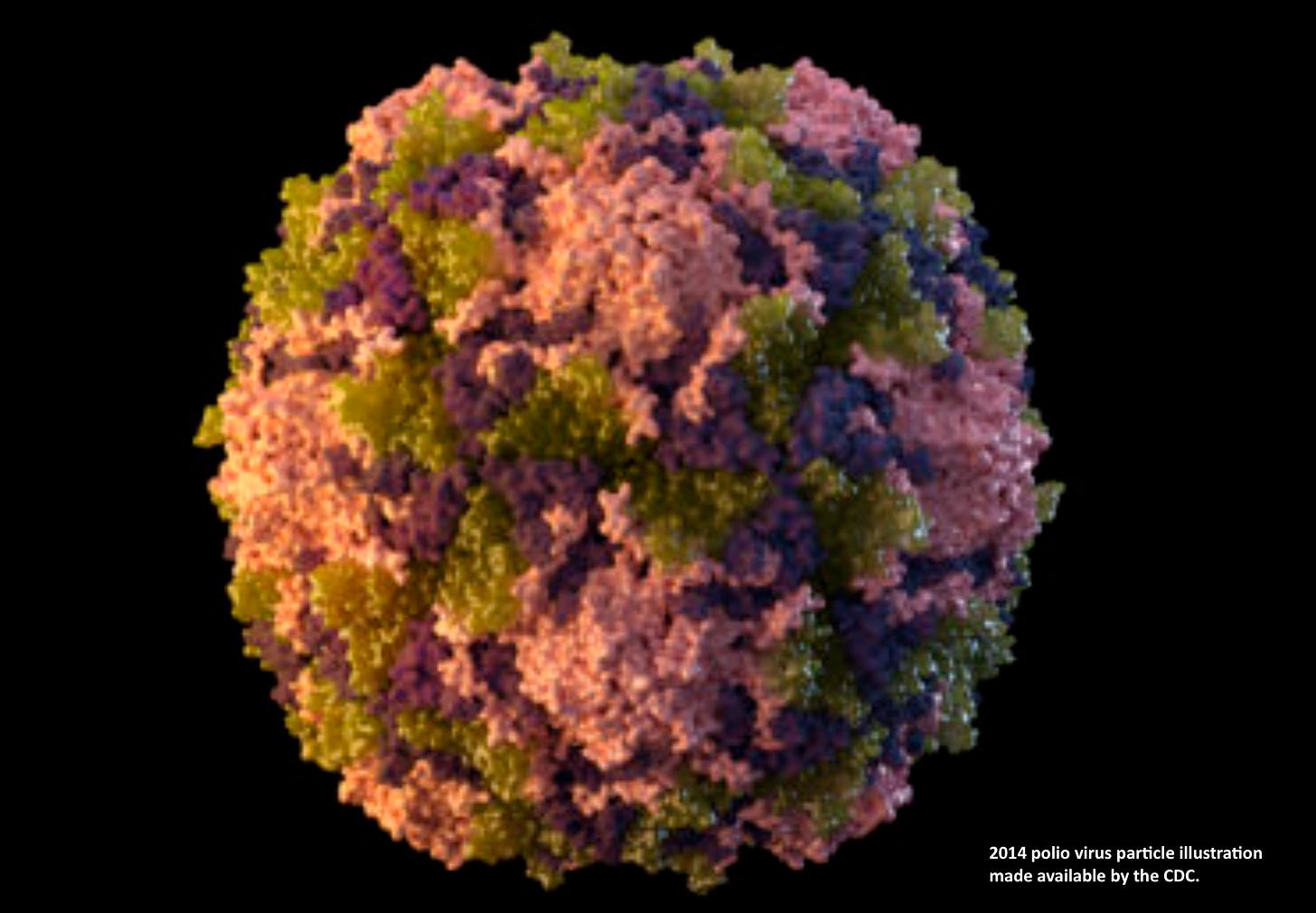
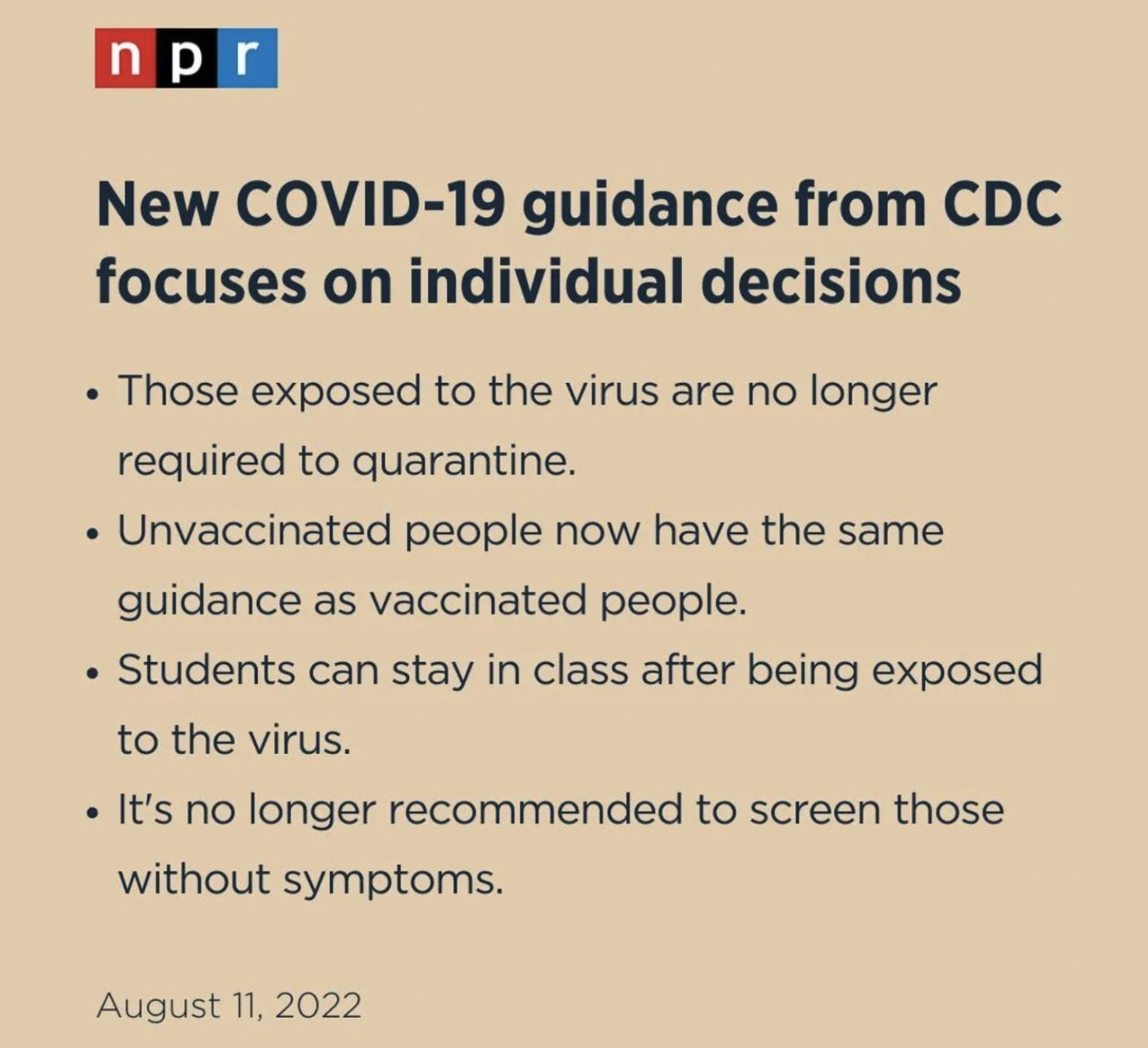
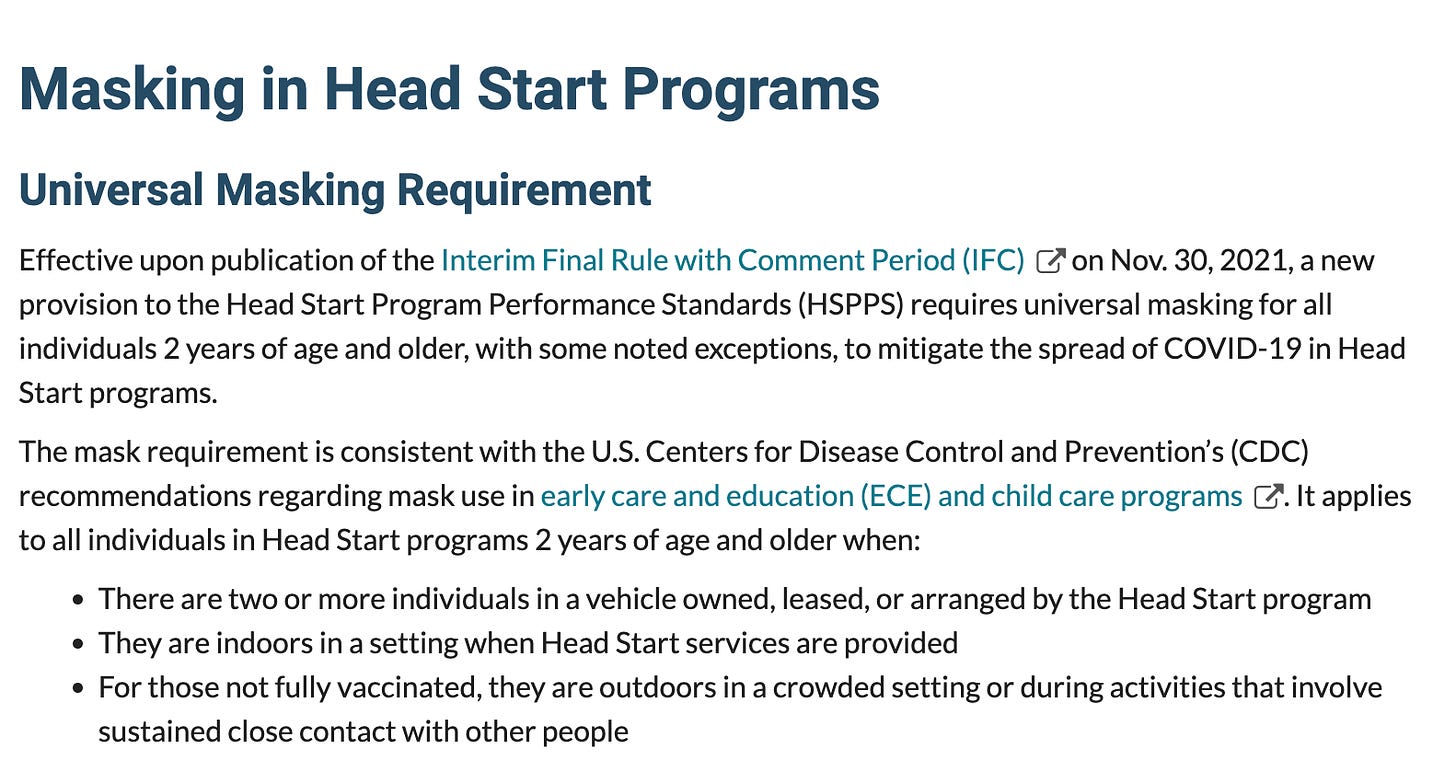
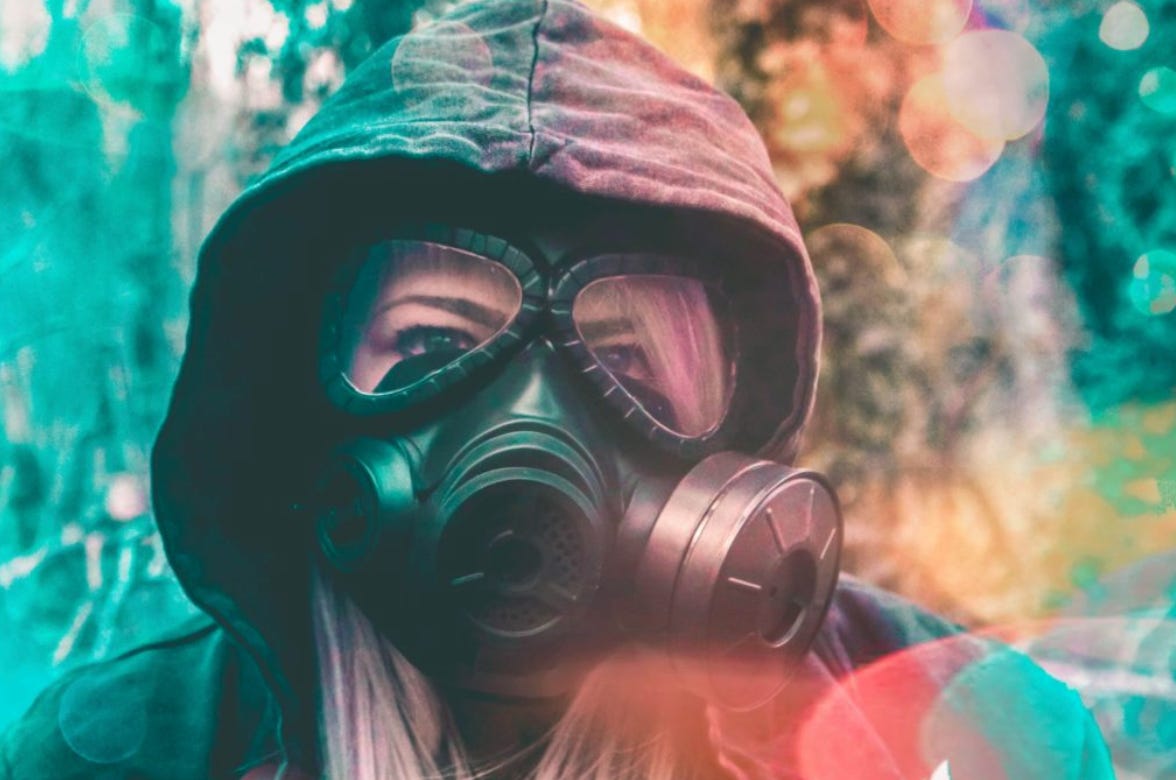
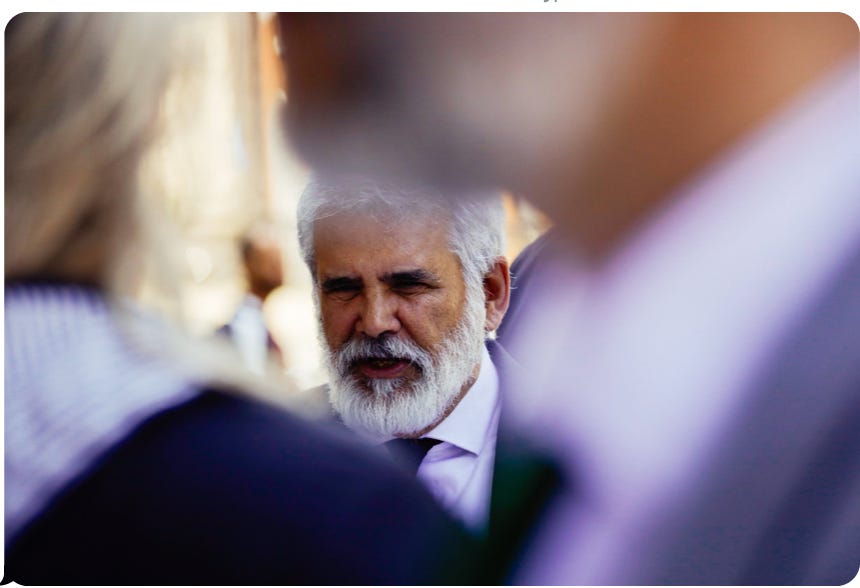
No comments:
Post a Comment